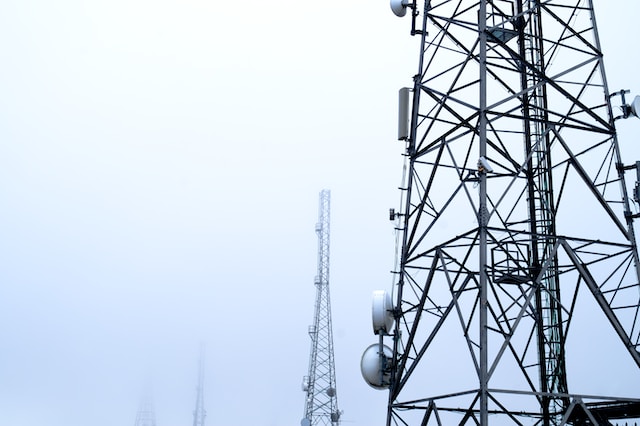The operation of bipolar transistors is based on the properties of semiconductors and their combinations. To understand how triodes work, let’s try to understand the behavior of semiconductors in electrical circuits.
Semiconductors
Some crystals, such as silicon, germanium and others, are dielectrics. But they have a peculiarity – if some additives are added, they become conductors with special properties.
Some additives (donors) produce free electrons, while others (acceptors) create holes.
If, for example, silicon is doped with phosphorus (donor), we get a semiconductor with an excess of electrons (n-Si structure). If boron (acceptor) is added, the doped silicon will become a semiconductor with hole conductivity (p-Si), that is, positively charged ions will dominate its structure.
One-way conductivity
We conduct a mental experiment: we connect two different types of semiconductors to a power source and give energy to our structure. Something unexpected happens. If we connect a negative wire to an n-type crystal, the circuit closes. However, when we reverse the polarity, there will be no electricity in the circuit. Why does this happen?
By connecting crystals with different conductivity types, a region with a pn junction is formed between them. Some of the electrons (charge carriers) from the n-type crystal will flow into the crystal with hole conductivity and recombine the holes in the contact area.
As a result, uncompensated charges arise: in the n-type region from negative ions and in the p-type region from positive ions. The potential difference reaches values from 0.3 to 0.6 V.
The relationship between voltage and impurity concentration can be expressed by the formula:
φ = VT * ln (Nn * Np) / n2i, where
VT is the value of the thermodynamic voltage, Nn and Np are the concentration of electrons and holes, respectively, and ni is the intrinsic concentration.
When the plus is connected to the p-conductor and the minus to the n-type semiconductor, the electric charges will overcome the barrier because their motion will be directed against the electric field inside the pn junction. In this case the junction is open. But if the poles are reversed, the junction will close. Hence the conclusion: the pn junction forms a one-way conductivity. This property is used in the design of diodes.
From diode to transistor
Let’s complicate the experiment. Let’s add another layer between two semiconductors with the same structure. For example, we insert a conductive layer (n-Si) between p-type silicon wafers. It is not difficult to guess what will happen in the contact zones. By analogy with the process described above, areas with pn transitions are formed, which will block the movement of electric charges between emitter and collector, regardless of the polarity of the current.
The most interesting thing happens when we slightly stretch the layer (base). In our case we supply a current with a negative sign. As in the case of the diode, an emitter-base circuit is formed through which the current will flow. This will start to saturate the layer with holes, which will lead to hole conduction between the emitter and collector.
We have a visual model of a bipolar pnp transistor.
When the base is de-energized the transistor returns to its original state very quickly and the collector junction closes.
The device can also operate in gain mode
The collector current is directly proportional to the base current: Ik = ß * IB, where ß is the current gain, IB is the base current.
If you change the value of the control current, the intensity of hole formation on the base will change, resulting in a proportional change in the amplitude of the output voltage while maintaining the frequency of the signal. This principle is used to amplify signals.
By feeding weak pulses to the base, we get the same amplification frequency at the output, but with a much higher amplitude (set by the magnitude of the voltage applied to the collector-emitter circuit).
NPN transistors work similarly. Only the polarity of the voltages changes. Devices with the npn structure have direct conduction. Reverse conduction are pnp type transistors.
It remains to add that the semiconductor crystal reacts similarly to the ultraviolet spectrum of light. By turning the photon flux on and off or adjusting its intensity, you can check the operation of a triode or change the resistance of a semiconductor resistor.















